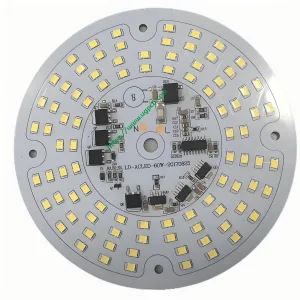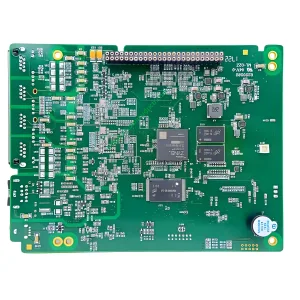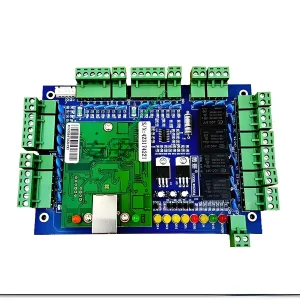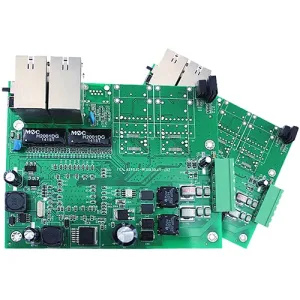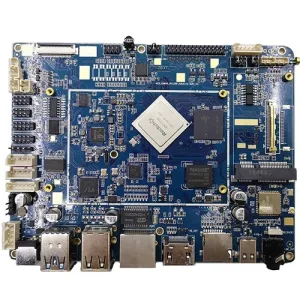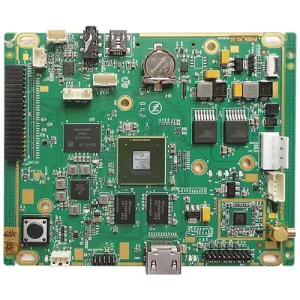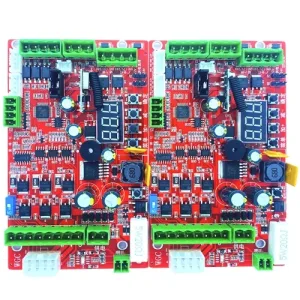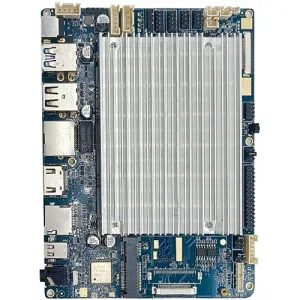We provide Projector Turnkey PCB Assembly, Turnkey PCB Assembly services. UGPCB is your one-stop Turnkey PCB Assembly factory.
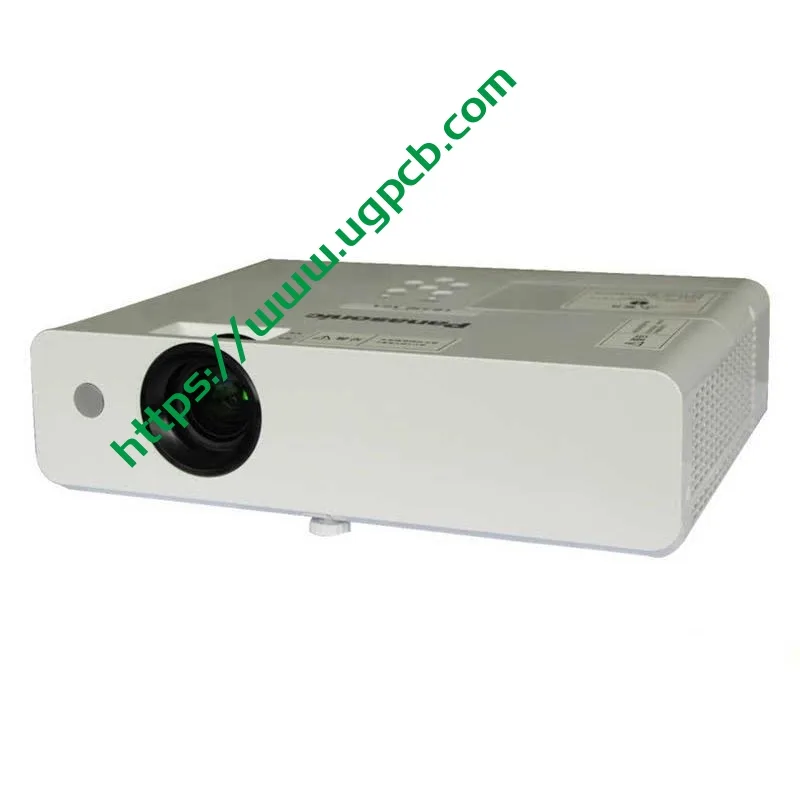
Brightness
Brightness is the light emitted by the projector. The higher the brightness, the clearer the projected picture.
Common units of brightness are ANSI lumen and lumen. ANSI lumen refers to the brightness of the projector screen, and lumen refers to the brightness of the projector light source. It is generally accepted internationally that ANSI lumens are used to represent brightness, so ANSI lumens should be used as a reference item when buying a projector. 1000 ANSI lumens are about 3500 lumens.
Contrast
Contrast is the ratio between the black and white of the projector screen. The higher the contrast, the richer and more natural the color of the screen, and the clearer the image. If the contrast is low, the screen will appear washed out.
Resolution
The resolution is the clarity of the projector screen; the higher the resolution, the clearer the screen. The resolution of a home projector must be at least 720p, and most projectors will be 1080p.
The resolution is divided into standard resolution and compatible resolution. The standard resolution refers to the maximum definition that can present the picture; the compatible resolution refers to the resolution that the projector can play pictures or videos, regardless of the picture resolution.
Display Chip
The display chip is the component that provides the image display function of the projector. The larger the size of the display chip, the higher the resolution of the picture.
The size of the display chip is: 0.23DMD (native 480P resolution), 0.33DMD (native 720P resolution), 0.47DMD (native 1080P resolution). Some projectors on the market use a 0.33DMD display chip but achieve a 1080p resolution through the use of a TPR display chip dithering scheme.
Throw Ratio
The throw ratio is the ratio between the projection distance and the size of the projected screen. The smaller the throw ratio, the shorter the distance needed to project a large-size screen, making it more space-saving.
Zoom
Zooming is the function of changing the size of the projector screen by adjusting the position of the internal lens of the projector.
المعالج
The processor includes the CPU and GPU. The CPU, also called the central processing unit, is responsible for processing the data information of the projector. The GPU, also called the image processor, is responsible for processing the image information in the projector, as the name implies. The stronger the performance of the CPU and GPU, the smoother, أسرع, and more capable the projector is of decoding.
Body Memory
Body memory includes running memory and storage capacity. The running memory is the capacity required by the projector when it is in use. The larger the capacity, the less likely the projector is to freeze. The storage capacity refers to the space that the projector can use to store files. The larger the storage capacity, the more files the projector can save.
Interface
The interface is the connection port for the projector to connect to other devices. The common interfaces of projectors are:
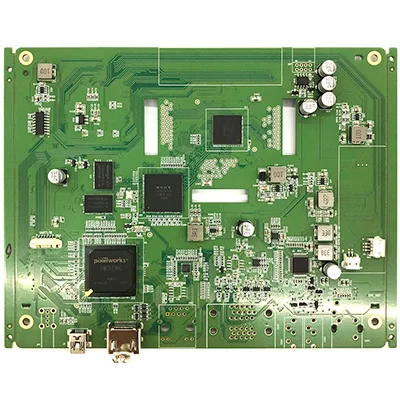
– USB interface: Input and output interface, which can connect various devices and decode files in various formats.
– HDMI interface: A fully digital video and sound transmission interface that can send uncompressed audio and video signals.
– 3.5mm audio interface: The interface for input and output audio.
Function
– Automatic Keystone Correction: Automatically adjusts the squareness of the screen.
– Auto Focus: Automatically adjusts the sharpness of the picture.
– Far-field Voice: AI voice assistant that directly invokes the projector without a remote control.
The functions of different projector models may vary. The more additional functions, the more convenient the projector is to use.
 شعار UGPCB
شعار UGPCB

